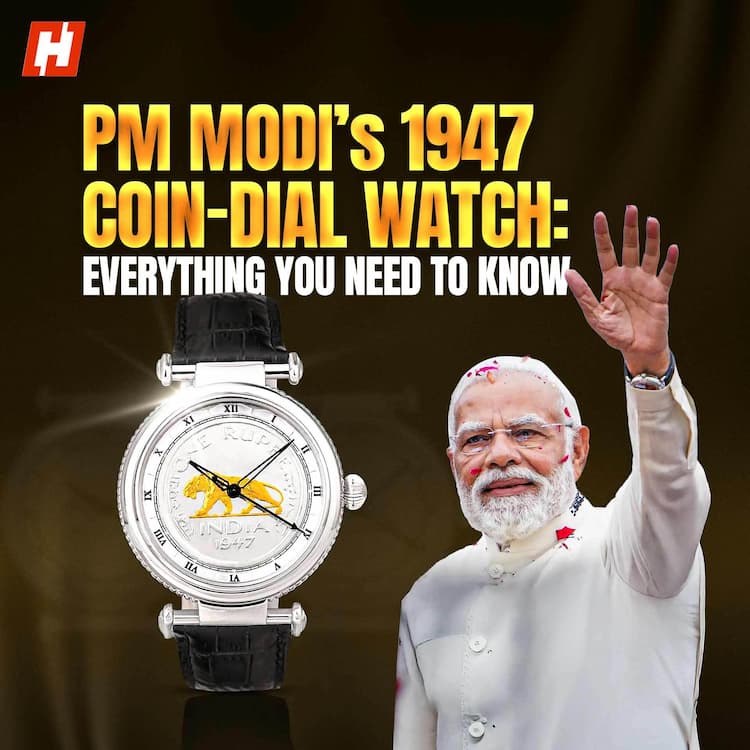We are just days away from the August 27 deadline, when an additional 25% US tariff on Indian goods kicks in. That will take the total tariff on India to 50%, one of the highest among the major trade partners of the United States. US President Donald Trump had announced the additional tariff, accusing India of funding Russia’s
Ukraine war by buying its crude oil. Now, his Trade Adviser Peter Navarro has sharpened those attacks.
“India doesn’t need Russian oil”
Navarro claimed that India didn’t need the Russian oil, and that these purchases were a refining profit-sharing scheme. He also accused New Delhi of being a “laundromat” for the Kremlin.
EAM Jaishankar hit back
External Affairs Minister S. Jaishankar has hit back at the United States. During his Moscow visit, the minister said he was “very perplexed” by the additional US tariff, as it was the Americans who asked India to do everything to stabilise the world’s energy markets, including buying oil from Russia. The minister also stated that India was not the biggest purchaser of Russian oil – that was China. Nor was India the biggest purchaser of LNG from Russia – that was the European Union.
50% US tariff: Impact on you
What does this tariff tussle mean for you? Come 27 August, India’s exports to the US will become expensive. As a result, many American buyers may stop buying from Indian companies. That, in turn, could result in job losses in sectors such as textiles, diamonds and chemicals, which are heavily reliant on US sales.
The silver lining: GST rate rejig
There’s something that may counterbalance the US tariff hit with an uptick in domestic demand. The central government’s GST reform push has inched a step closer to reality. The Group of Ministers on GST rate change has accepted the proposal to bring most goods under just two slabs – 5 and 18%. The panel, headed by Bihar’s Deputy Chief Minister Samrat Choudhary, has agreed to the proposal to scrap the 12 and 28% slabs. Apart from the 5 and 18% GST rates, the Centre has also proposed a 40 per cent rate for ultra-luxury and sin goods.
Cheaper consumer goods soon
Once cleared by the GST Council, these rate changes are expected to make a wide range of goods, from SUVs to your footwear, cheaper. This could boost demand and have an overall positive impact on India’s economy.
Online money games: The death knell
Both the Lok Sabha and the Rajya Sabha cleared the Promotion and Regulation of Online Gaming Bill 2025. The bill proposes to ban online games played with money.
The government says such games involve financial stakes, are addictive, and harmful. According to the government, online money games have also resulted in credit card debt, massive frauds and even suicides. The government is also concerned about these games being used for money laundering and terror financing.
At the same time, the bill provides a legal framework to promote e-Sports. It also promotes online social games such as Angry Birds, or casual card games.
The ban on online money games could sound the death knell for several offerings by platforms such as Dream11, MPL, RummyCircle, Games24x7 and PokerBaazi.
Market ends higher
Despite some losses on Friday, Indian equities managed to end higher for the week. This week’s gains were fuelled by the GST cheer. The Sensex added almost 1,000 points, while the Nifty reclaimed the 25,000 mark, closing right around that level.




